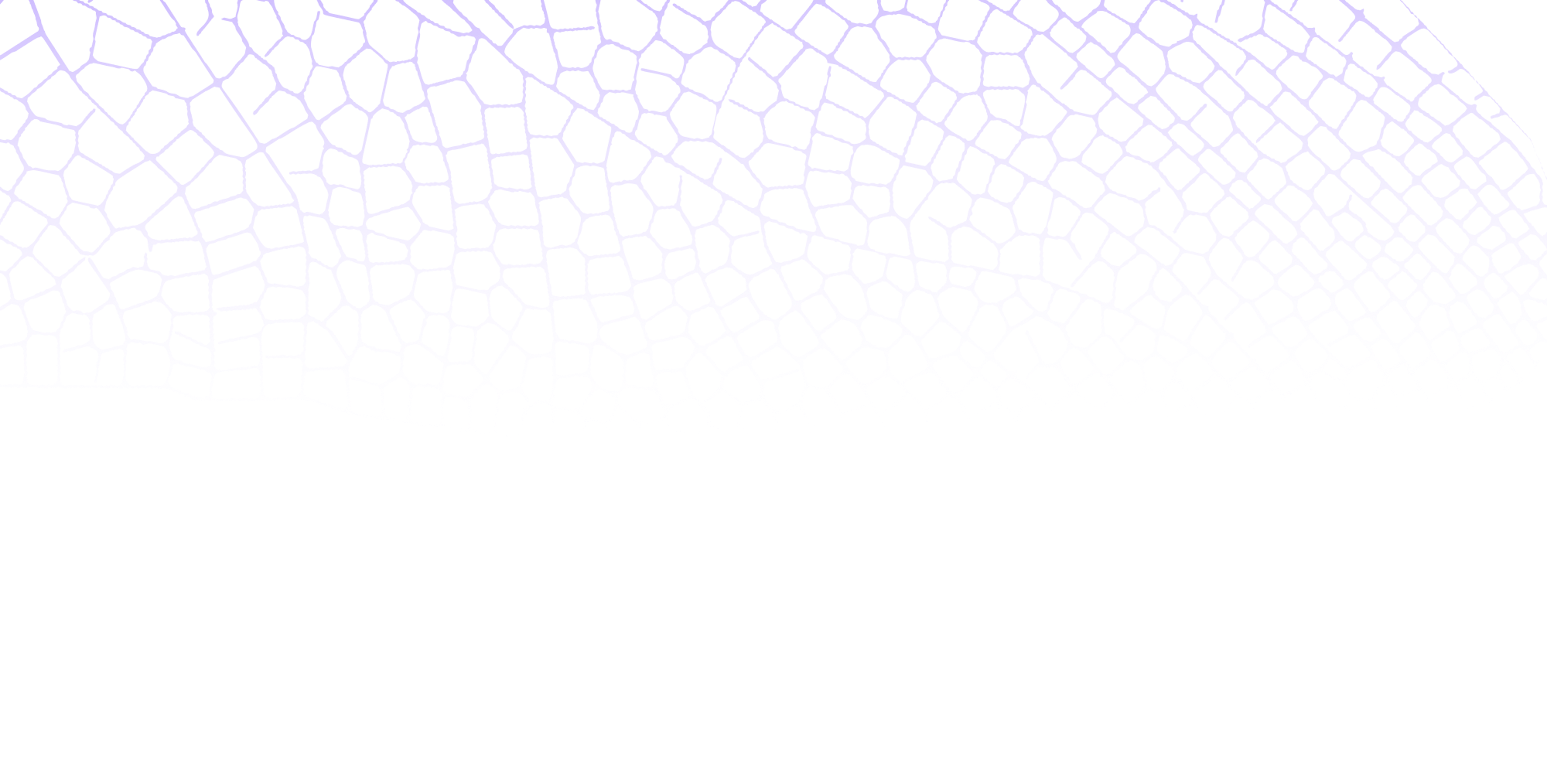
Blog
Product
Product
How we built a CockroachDB dialect for Hibernate
This post was originally published in 2017, upon announcing that CockroachDB’s support for Hibernate was in beta. Today, we’re excited to announce some big news: the CockroachDB dialect for Hibernate is officially available! 🥳 Hibernate now offers first-class support for CockroachDB. You can read more about the dialect, and our journey to get there, in this blog post.
Jordan Lewis
September 17, 2020
Product
How to run a software-as-a-service on Kubernetes
The first version of CockroachDB Dedicated, our database-as-a-service product, had our users fill out a Google doc with their cloud deployment preferences. We’ve come a long way since that initial proof of concept (including, yes, building a UI). More importantly, we’ve put implementation patterns in place that make something complicated (like configuring a cloud deployment) scalable. As we’ve written about before, choosing to run CockroachDB Dedicated on Kubernetes is a huge part of that implementation pattern.
Charlotte Dillon
September 14, 2020
Product
CockroachDB and Spring tutorials for Spring Data JDBC, JPA, and MyBatis
From our enterprise customers to developer shops, a lot of folks use CockroachDB to back their Spring applications. It’s no surprise; Java is the most widely used programming language in the world, running in over 3 billion devices. And no matter what kind of application you’re running, the Spring ecosystem provides different data access patterns depending on your needs. We’ve recently added tutorials for a number of Spring data access patterns: Spring Data JDBC, Spring Data JPA, and MyBatis. Check them out below.

Meagan Goldman
August 10, 2020
Product
Build a Python app with SQLAlchemy + CockroachDB
One of the great things about CockroachDB’s support for SQL is the ecosystem of frameworks, ORMs, and other tools for working with SQL data. SQLAlchemy is just one of the ORMs in that ecosystem, and one we use quite a bit for Python projects. You’ll find it referenced in some of our sample application docs, and our upcoming “CockroachDB for Python Developers” course has students use SQLAlchemy and Flask in projects.

Meagan Goldman
July 28, 2020
Product
Distributed SQL: A cloud-native, scalable Postgres alternative
Gartner predicts that by 2022, 75% of all databases will be deployed in the cloud. The findings shouldn’t come as a surprise: on-premise data centers are slowly being phased out as companies realize the many benefits to running a database in the cloud.
Charlotte Dillon
July 23, 2020
Product
Using lateral joins for business analytics in CockroachDB 20.1
CockroachDB’s 20.1 release supports lateral joins, which can dramatically reduce the lines of code needed to arrive at key business analytics. Today, I’m going to walk you through a demo of lateral joins and showcase how you might use them to run analytic queries directly in CockroachDB.

Andy Woods
July 16, 2020
Product
Why TuneGO chose CockroachDB over PostgreSQL
Every startup has a choice: Begin building with something familiar (Postgres, MySQL…) or begin building with something new (CockroachDB). Using a familiar database means engineers can hit the ground running and begin building on a trustworthy platform. Using a new database will require research, testing, and a period of time for acclimation. On the surface this looks like a simple decision: start building faster with a familiar database. Peel the onion back one more layer and it becomes clear why so many growth-stage companies are deciding to start with CockroachDB rather than Postgres or MySQL.

Dan Kelly
July 7, 2020
Product
Build an app with Active Record + CockroachDB
To make CockroachDB as accessible as possible, we’ve worked hard over the past six months to add compatibility with various Object Relational Mapping tools (ORMs). We started with ORMs for Python, Java, and Go. Now, we’re excited to announce full CockroachDB compatibility with Active Record, our first ORM for Ruby developers.

Meagan Goldman
June 17, 2020
Product
How to get zero-downtime scaling from single-region to multi-region applications
CockroachDB offers a number of features aimed at making it easy to support your application in multiple regions. In CockroachDB 20.1, we introduced a new feature Online Primary Key Changes that allows you to upgrade your application from a single-region to multi-region with zero downtime. We wrote a bit recently about the technical challenges involved in building online primary key changes and in this blog post, we'll walk through some of the use cases and benefits the feature can lead to.

Andy Woods
June 11, 2020








